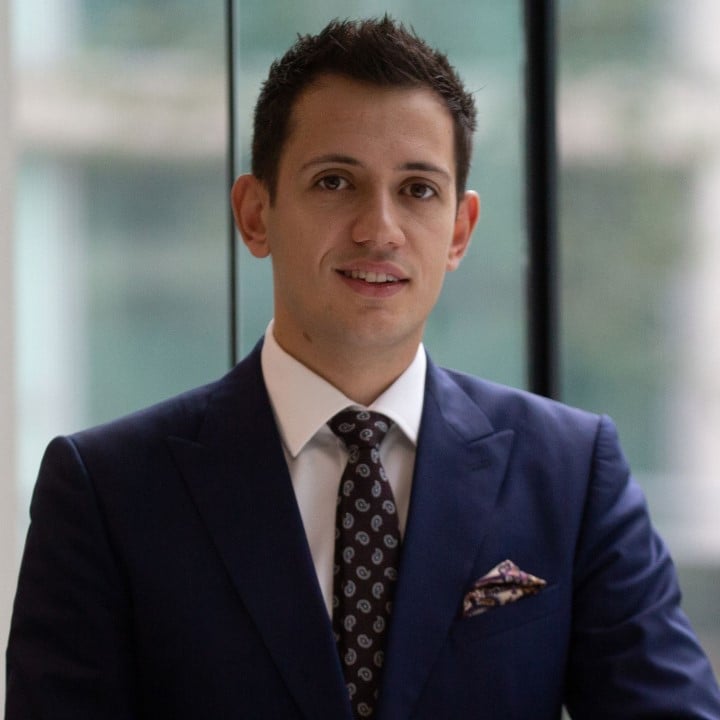Intellectual Property: Key commercial issues

In the UK Intellectual Property (IP) can be protected in a number of different ways.
Trade marks protect names, logos or other forms of ‘branding’ associated with a particular product or service, and can be registered or unregistered.
A Registered Design protects the appearance of a specific product. Designs do not generally protect how a product works. This type of protection is known differently throughout the world, such as ‘industrial designs’ and ‘design patents’.
A patent protects the technical aspect of how something works. Patents do not generally protect how a product looks, unless there is some technical reason for why the product looks like it does.
Copyright protects creative works, such as songs, books and paintings and other literary creations but cannot be registered.
Joseph Creasor, solicitor in the Company Commercial team at Wake Smith looks at the key commercial issues.
This article covers:
- Are there any restrictions on what sort of trade marks can be registered?
- Licencing Intellectual Property Rights/Royalty Agreements
- Assignment of Intellectual Property Rights
- Reorganisations to protect IP and other business assets
Are there any restrictions on what sort of trade marks can be registered?
In the UK, a trade mark must be distinctive enough to identify one particular company or person; it cannot describe the goods or services being offered or be the usual or generic term for those goods or services.
A mark must not conflict with any existing registered trade mark owned by another party. An application for an identical or similar mark, covering identical or similar goods or services may result in a trade mark application being refused, particularly if there is any likelihood that the existence of two such similar marks could confuse consumers. Unregistered trade marks owned by other people can also pose problems.
It is possible to register many different kinds of trade marks. In addition to words and logos, the shape of packaging, sounds and slogans can all be registered, provided that they comply with the requirements stated above.
Licencing Intellectual Property Rights/ Royalty Agreements
An agreement to licence intellectual property allows the owner of IP, known as the “Licensor” to have overall control of their asset whilst also granting the use of it to a third party (the “Licensee”).
There are a number of reasons an owner of IP may seek to licence their IP to a third party. The most common of these is to generate revenue from their asset. Payments made by the Licensee to the Licensor are known as royalties. Royalties are usually calculated on a percentage basis in connection with the use of the IP.
In addition to generating revenue, other common reasons for licencing IP include the following:
- Following a business sale – If a business requires continued use of a particular asset for a period of time after a sale, there may be an assignment and licence back of the asset to facilitate this transitional period.
- As a means of business expansion – A business may look to licence the use of its IP when looking to grow. This could either be geographically i.e. licensing assets to a third party in a different part of the country; or, expansion into a new product line/industry.
- To de-risk – By licensing IP to a Licensee who may then manufacture the Licensor’s product the Licensor not only receives a monetary benefit from the agreement but also reduces their risk in respect of the manufacturing process, marketing and selling of the product.
- Reduce cost – A Licensee may seek to license IP from a Licensor as this will reduce their own design and testing costs and allows them to take a tested asset straight to market.
- Following a re-structure – A non-trading company may licence IP to one of its trading companies.
Assignment of Intellectual Property Rights
An assignment of Intellectual property is when the owner of IP (the “Assignor”) sells their IP to a third party (the “Assignee”). This is commonly done in conjunction with a business sale when the seller is selling the assets in their business rather the shares.
Reorganisations to protect IP and other business assets
A company’s most valuable asset is commonly its IP; whether this is patents, technical designs, logos and slogans or product designs and drawings. Due to the value these assets hold, it is sensible to de-risk and protect them. One way this can be achieved is to assign the IP out of the trading company and into a non-trading ‘holding company’.
Once the IP is held in a holding company it can then be licenced back to the trading company. The trading company can then continue to operate and benefit from the IP with the knowledge that the IP is protected if the worst were to happen to the trading company in hard economic times.
For further information please contact Joseph Creasor at Wake Smith Solicitors on 0114 224 2188 or email [email protected]
Find out more about our Company Commercial services
Published 03/10/2023

About the author
Solicitor in Company Commercial






